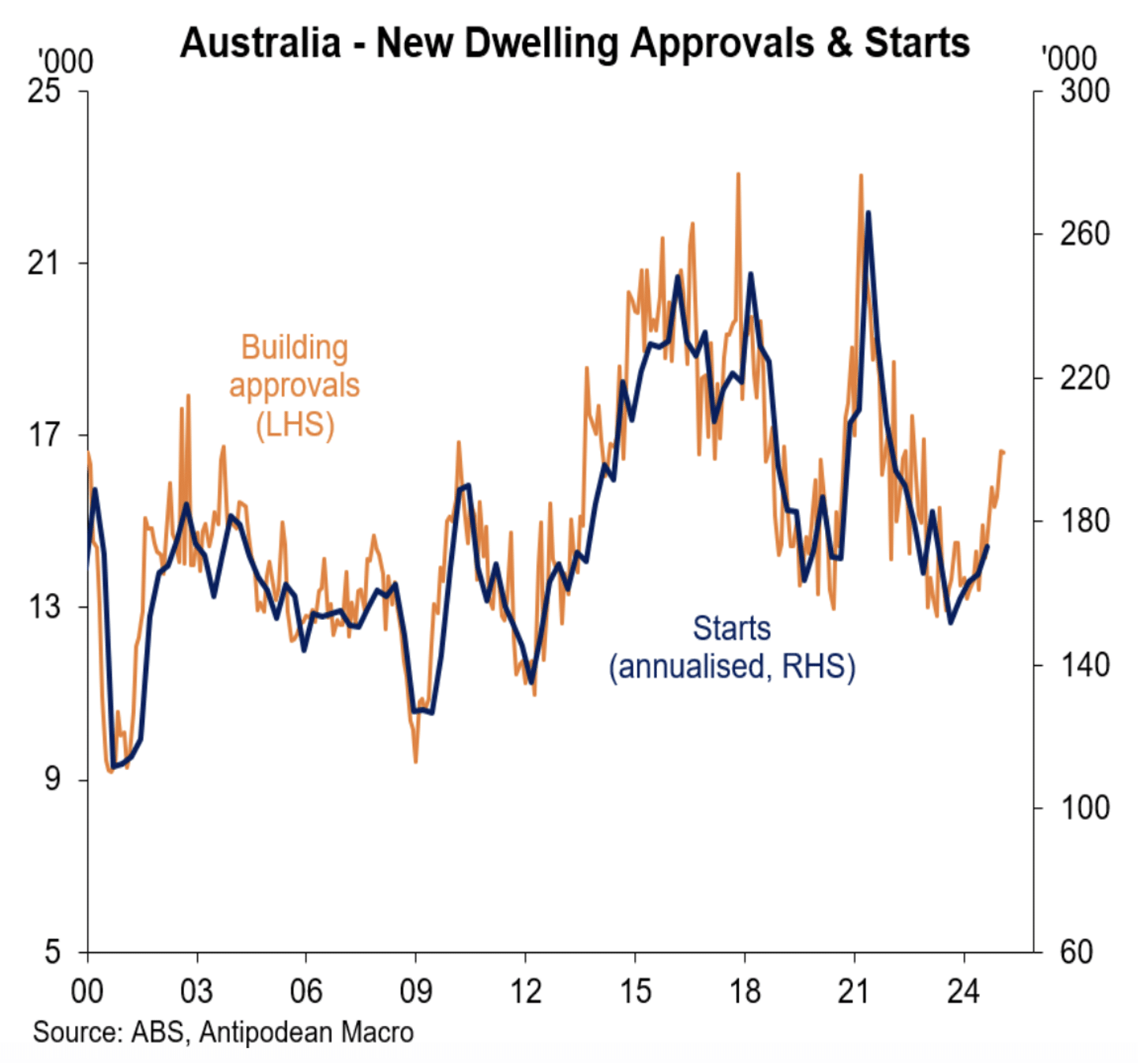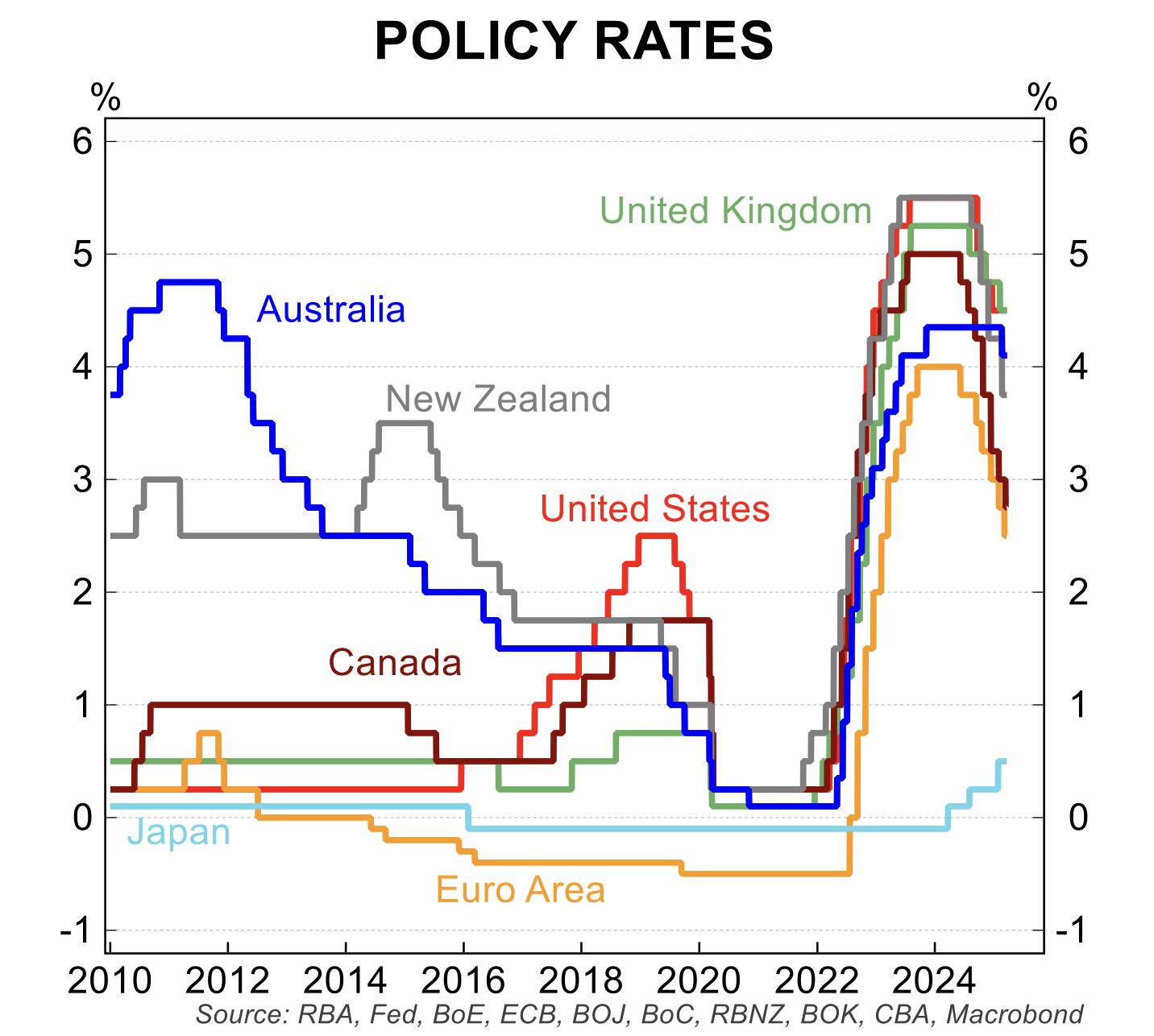Source: Your Investment Property Magazine
Author: Tom Cranfield, Zagga Director, Investment & Risk
Date: 15 November 2024
With the commercial property market facing challenges, private credit is becoming a smart way for investors to still get good returns while avoiding too much risk.
The commercial property market, once a stalwart of attractive returns and reliable income, has become a cautionary tale for many investors. Currently navigating a period of uncertainty, driven by high interest rates, fluctuating occupancy levels, and challenges within the construction industry, investors are understandably cautious when considering new investment opportunities in the sector.
While market dynamics have shifted, we are continuing to see strong demand and pockets of opportunity with commercial real estate debt filling a much needed role for investors and borrowers alike.
Caution with a side of optimism
The commercial property market today has been battered by high inflation, rising interest rates, and a challenging economic environment. This is especially true for assets that rely heavily on a robust economy to maintain occupancy and rental income. Larger-scale assets, in particular, have struggled, with cap rates easing and a decline in office tenancy putting pressure on yields.
Despite the overarching caution, there are sub-sectors within commercial property performing well. High-grade mixed-use commercial properties, boutique offices, small-scale industrial units, childcare centres, and non-discretionary retail outlets are all proving resilient. This performance is driven largely by Australia’s growing population and the corresponding demand for amenities and infrastructure.
In this climate, private credit has gained traction. The appeal lies in its ability for investors to still gain exposure to Australia’s burgeoning property market but in a way the combines regular investment returns with capital preservation that is particularly attractive in today’s volatile environment. It allows investors an opportunity to still access these high-performing sub-sectors with significantly less risk and upfront capital than direct ownership or an equity stake.

Photo by Mathieu Stern on Unsplash
Credit gains traction in times of volatility
The appeal of private credit for investors lies in its defensive characteristics, diversifying portfolios, reducing exposure to market volatility, and hedging against inflation. Borrowers are also seeing the benefits of this asset class, with three key dynamics driving demand for private credit among borrowers in Australia’s property sector.
Firstly, there is a substantial shortage in residential dwellings with building approvals stagnating despite significant population growth. This is placing pressure on the market and creating high demand, and opportunity, for developers.
Additionally, regulatory requirements have limited the ability of traditional banks to compete effectively in certain market sectors, such as construction loans, which has seen private credit managers, like Zagga, gain access to A-grade deals that traditionally have been the domain of the Big 4.
Finally, the need for agile and nimble financing has led to increased borrower demand for private credit solutions to help fill the gap, as it can offer a more tailored approach to lending.
The deal pipeline is strong and there is undoubtedly growing demand for private credit. Yet, it pays to be selective. Not every property or opportunity is created equal. The current period of volatility requires investors to focus on the fundamentals, such as the strength of the market, the sector, the track record of the borrower, and the specifics of the loan. When considering private credit, the investment manager’s experience and track record is also critical. Being selective will help to ensure the investment delivers consistent, risk-adjusted returns in line with each investor’s investment strategy and return targets.
Demand remains for the long-term
Despite the challenges posed by current market dynamics and volatility, demand for quality housing and commercial assets in prime locations will remain. In Australia, this demand is significant, driven by steady population growth and insufficient supply. Climbing borrower costs and a strain on capital from traditional lenders will continue to fuel the rise of non-bank lenders and the demand for private credit.
Australian property remains a significant investment opportunity for local and foreign investors, however the way to invest has changed for good. This presents an opportunity for institutions, family offices and high-net-worth investors who are seeing the potential of private credit to provide an alternative pathway to property. One that delivers commerciality, attractive returns, and stable income, without taking on additional risk.




